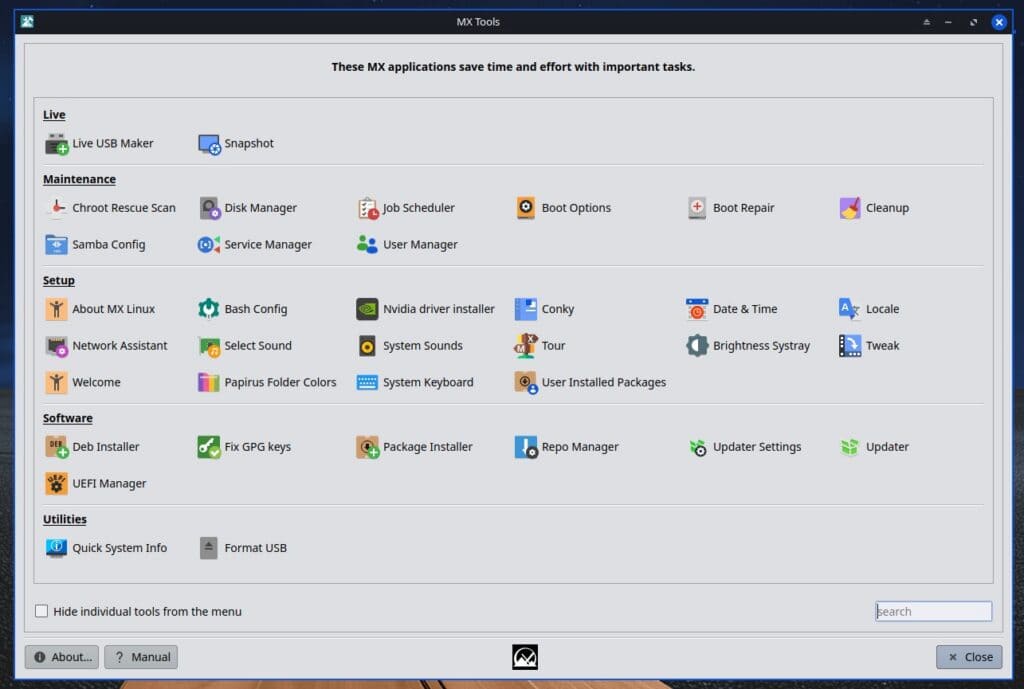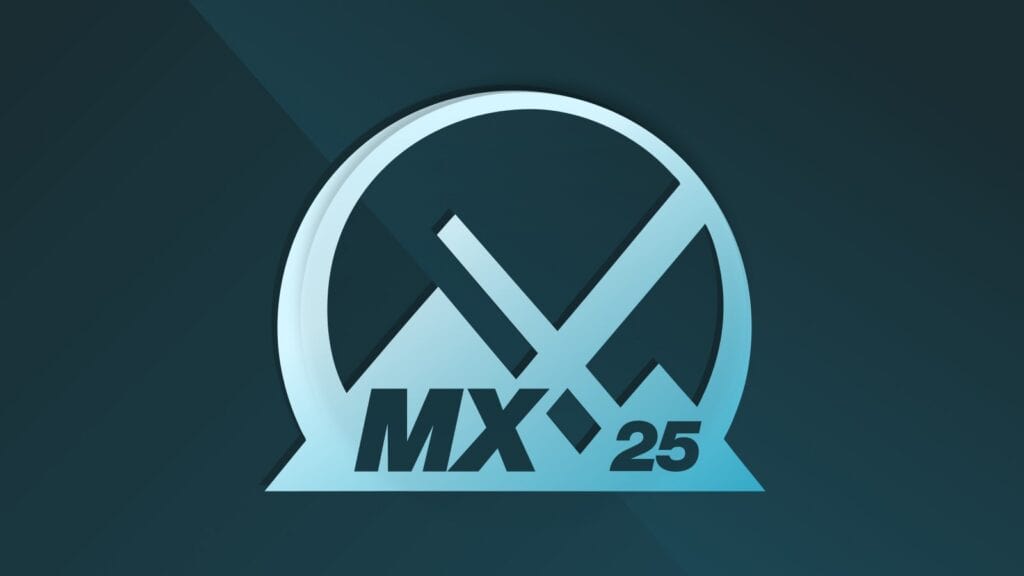The MX Linux team has officially released MX Linux 25 “Infinity”, the next major version of the popular Debian-based distribution, now built on Debian 13 “Trixie”.
It ships in several editions—Xfce, KDE Plasma, and Fluxbox—each updated to their latest versions in Debian’s stable repos, specifically Xfce 4.20, Plasma 6.3.6, and Fluxbox 1.3.7.
Most ISO images come with the Linux kernel 6.12 LTS, also from Debian’s stable repositories. At the same time, the AHS (Advanced Hardware Support) variants feature the 6.16 Liquorix kernel for better performance on newer hardware.
As we informed you in the mid-year, the major change is that all releases now include systemd by default, although SysVinit variants of the Xfce and Fluxbox editions are still available. According to developers, this will improve compatibility and simplify future maintenance.

Another key highlight of MX Linux 25 is support for 64-bit UEFI Secure Boot installations. Users who rely on Secure Boot can now install MX Linux using the signed Debian 6.12 kernels, though the Liquorix-based AHS editions do not currently support this feature.
The installer has also received significant attention. A new “Replace existing installation” feature allows users to reinstall MX Linux while preserving their home directories. Additionally, the installer can now configure zram-based swap devices, improving performance on systems with limited RAM.
Regarding tooling, MX Linux’s signature MX Tools suite has been fully migrated to Qt6, ensuring better integration with modern desktops and improved performance. The long-serving apt-notifier has been replaced by a new tool, MX-Updater, which offers more customization options and the ability to use Nala as the backend package manager instead of APT.

As you would expect, each desktop variant in this update comes with its own set of refinements. The KDE Plasma edition defaults to a Wayland session, with X11 still available from the session chooser. It also replaces Gwenview with Qimgv as the default image viewer and includes minor configuration tweaks tailored for Plasma 6.3.6.
The Xfce edition introduces several layout and usability improvements, including Engrampa as the new default archive manager, replacing File Roller. Meanwhile, the Fluxbox edition receives a significant overhaul, featuring a reworked panel layout, updated Rofi “appfinder” configurations, and cleaner root-level menus. Audacious replaces the discontinued DeaDBeeF as the default music player.
Moreover, the antiX-based live system has been adapted to work more seamlessly with systemd, providing a better user experience for those running live environments as their primary systems. For those who prefer the traditional experience, the SysVinit versions remain the better fit.
It’s also worth mentioning that the MX Cleanup is gaining options to remove unused DKMS Wi-Fi drivers and language manuals that do not match the system locale, helping users reclaim disk space and maintain leaner installations.
Last but not least, artwork and themes have been refreshed for the Infinity release, giving MX Linux a cleaner, more modern appearance consistent across its supported desktop environments.
For more information, refer to the official announcement.
Current MX Linux 23 users are encouraged to visit the migration page for information on easing the transition to the new “Infinity” release. For those looking for instructions on how to perform an in-place upgrade, refer to this.
